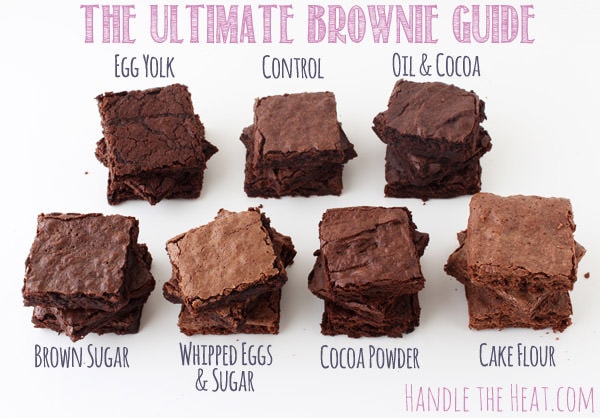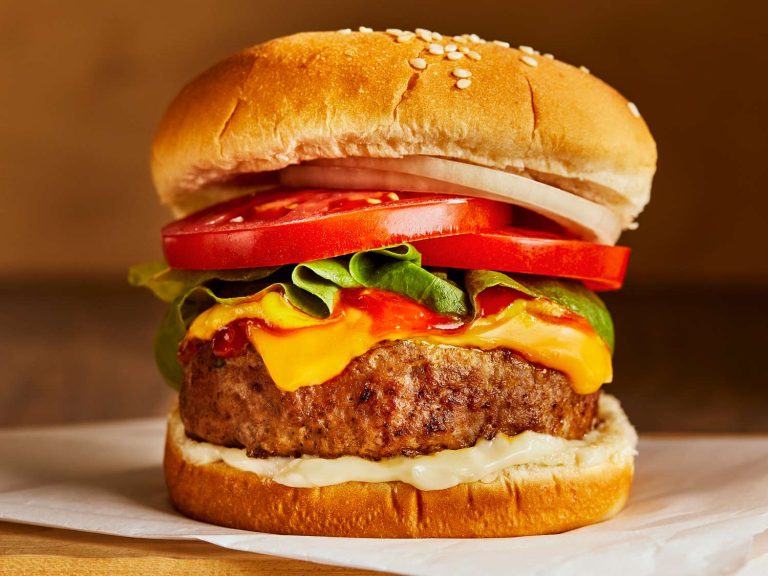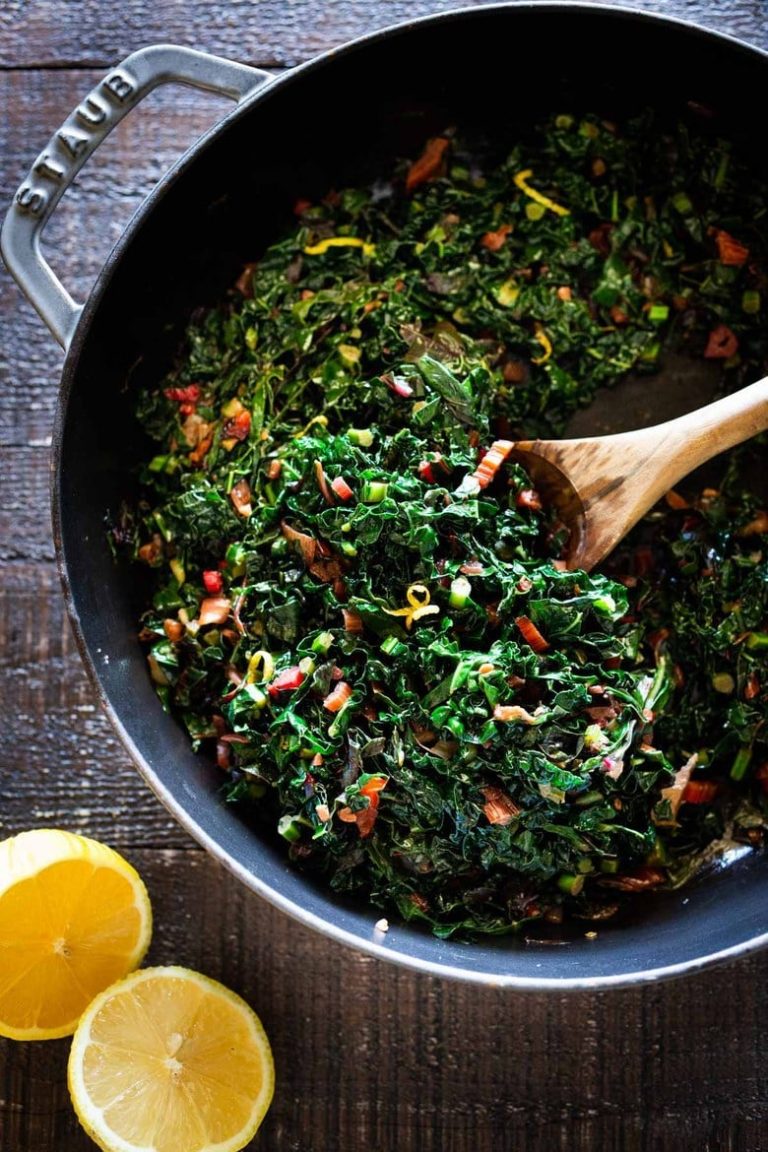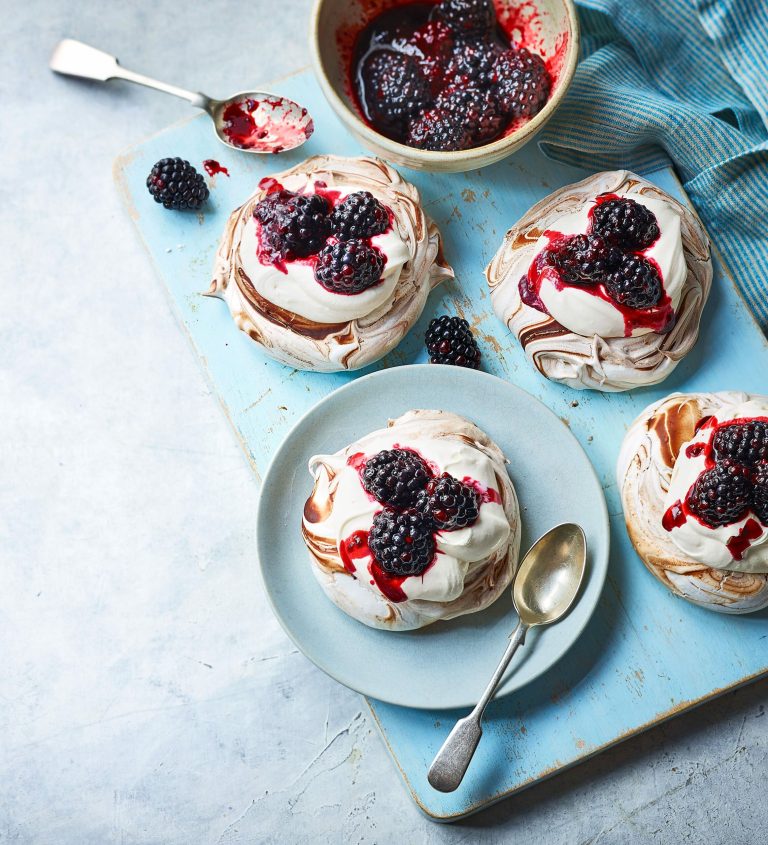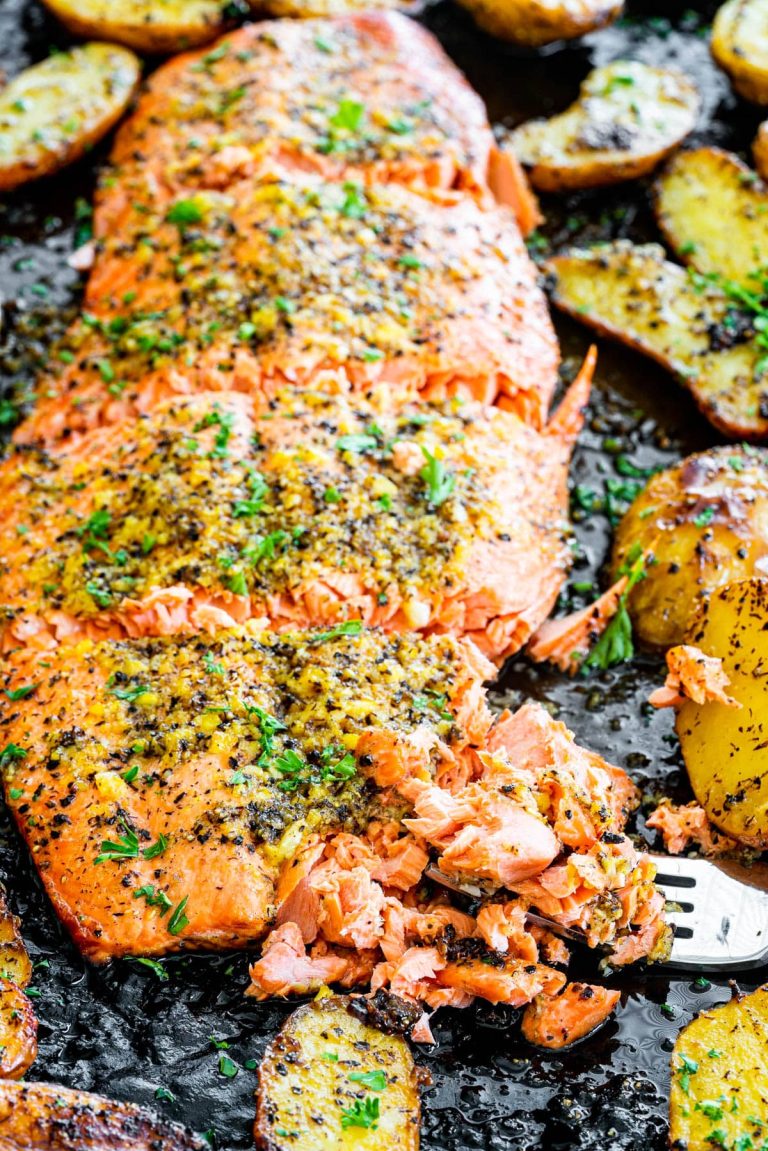Brownies: Ultimate Guide to Perfect Fudgy, Chewy, and Cakey Treats
Brownies first appeared in the United States in the late 19th century. The earliest known recipe is found in the 1897 Sears, Roebuck Catalog, though it was more like a blondie. By the early 20th century, modern brownies had taken shape, featuring chocolate as the primary ingredient. The Palmer House Hotel in Chicago claims to have created the first brownie in 1893 for the World’s Columbian Exposition. Reliable sources, like food historians, acknowledge that brownies became popular in American homes by the 1920s.
Different Types of Brownies
Different types of brownies cater to various preferences. Classic brownies feature rich, fudgy centers and a crackly top. Chewy brownies have a denser, more elastic texture, often achieved using additional eggs and minimal flour. Cakey brownies are lighter and airier, resembling a chocolate cake; they use more flour and baking powder. Specialty brownies incorporate various add-ins like nuts, caramel, or cream cheese, offering diverse flavor experiences. Vegan brownies exclude dairy and eggs, using alternatives like applesauce or flaxseed to achieve a similar texture and taste. Gluten-free brownies use almond flour or other gluten-free options and maintain the indulgence of traditional recipes.
Ingredients for the Best Brownies
Chocolate Choices
Selecting quality chocolate is crucial. High cocoa content, between 60% and 75%, ensures rich flavor. Popular options include bittersweet and semisweet chocolate. Bittersweet adds depth, while semisweet balances sweetness. For a unique twist, use dark cocoa powder. If you prefer, mix chopped chocolate with cocoa powder for a balanced flavor.
Alternative Sweeteners
Traditional sugar works well, but exploring alternatives can enhance brownies. Brown sugar introduces a moist, chewy texture. Honey imparts a subtle floral note. Maple syrup, with its distinct flavor, provides a natural sweetness. Coconut sugar offers a caramel-like taste. When substituting, maintain proper ratios to preserve the desired texture.
Best Brownie Recipes
Classic Chocolate Brownies
Classic chocolate brownies offer a rich, indulgent experience. To achieve this, use high-quality cocoa powder and bittersweet chocolate. Melt 8 oz of chocolate with 1 cup of unsalted butter for a smooth base. Whisk 1.5 cups of granulated sugar and 3 large eggs until fluffy. Fold the chocolate mixture into the egg mixture and add 1 cup of all-purpose flour. Bake at 350°F for 25-30 minutes for a fudgy texture. Adding 1 tsp of vanilla extract enhances the flavor.
Vegan and Gluten-Free Options
Vegan and gluten-free brownies provide great taste without compromising dietary needs. Use 1 cup of almond flour instead of regular flour. Replace eggs with 3 flaxseed meal eggs (1 tbsp flaxseed meal with 3 tbsp water per egg). Use 1 cup of coconut oil and 1 cup of maple syrup as substitutes for butter and sugar. Melt 8 oz of vegan dark chocolate for a rich base. Bake at 350°F for 20-25 minutes. These brownies offer a chewy, satisfying texture.
Baking Tips and Techniques
Achieving The Perfect Texture
Understand the importance of ingredient proportions to achieve the perfect brownie texture. Fudgy brownies rely on a higher fat-to-flour ratio, with more butter and chocolate, creating a dense, rich outcome. Chewy brownies benefit from extra eggs and a combination of both melted chocolate and cocoa powder for additional structure and chewiness. Cakey brownies need a bit more flour and use baking powder to rise, ensuring a lighter feel.
Mix the batter just until combined. Over-mixing can create excessive air, resulting in a more cake-like texture regardless of your intended type. Use high-quality ingredients like unsweetened cocoa powder, bittersweet chocolate, and fresh eggs for optimal results.
Common Baking Mistakes
Avoid overbaking, as it leads to dry, crumbly brownies. Check for doneness by inserting a toothpick into the center – it should come out with a few moist crumbs, not wet batter. Use an oven thermometer to ensure accurate oven temperature, which prevents uneven baking.
Be cautious with pan size and material. A larger or smaller pan than specified changes the baking time and can affect texture. Use the recommended size for reliable results. Metal pans conduct heat more efficiently, whereas glass or ceramic can alter baking times.
Do not skimp on lining the pan with parchment paper or greasing it thoroughly. Proper preparation makes removing brownies easier and keeps them intact. Follow these tips to avoid common pitfalls and achieve the best brownies every time.
Conclusion
Mastering the art of brownie baking is all about understanding the balance of ingredients and following key techniques. Whether you prefer fudgy, chewy, or cakey brownies, using high-quality ingredients and precise measurements will elevate your baking game. Avoid common pitfalls like overbaking and ensure you’re using the correct pan size to achieve the perfect texture. With these tips and a bit of practice, you can consistently create mouth-watering brownies that will impress every time. So, roll up your sleeves and get ready to bake the best brownies you’ve ever tasted!
